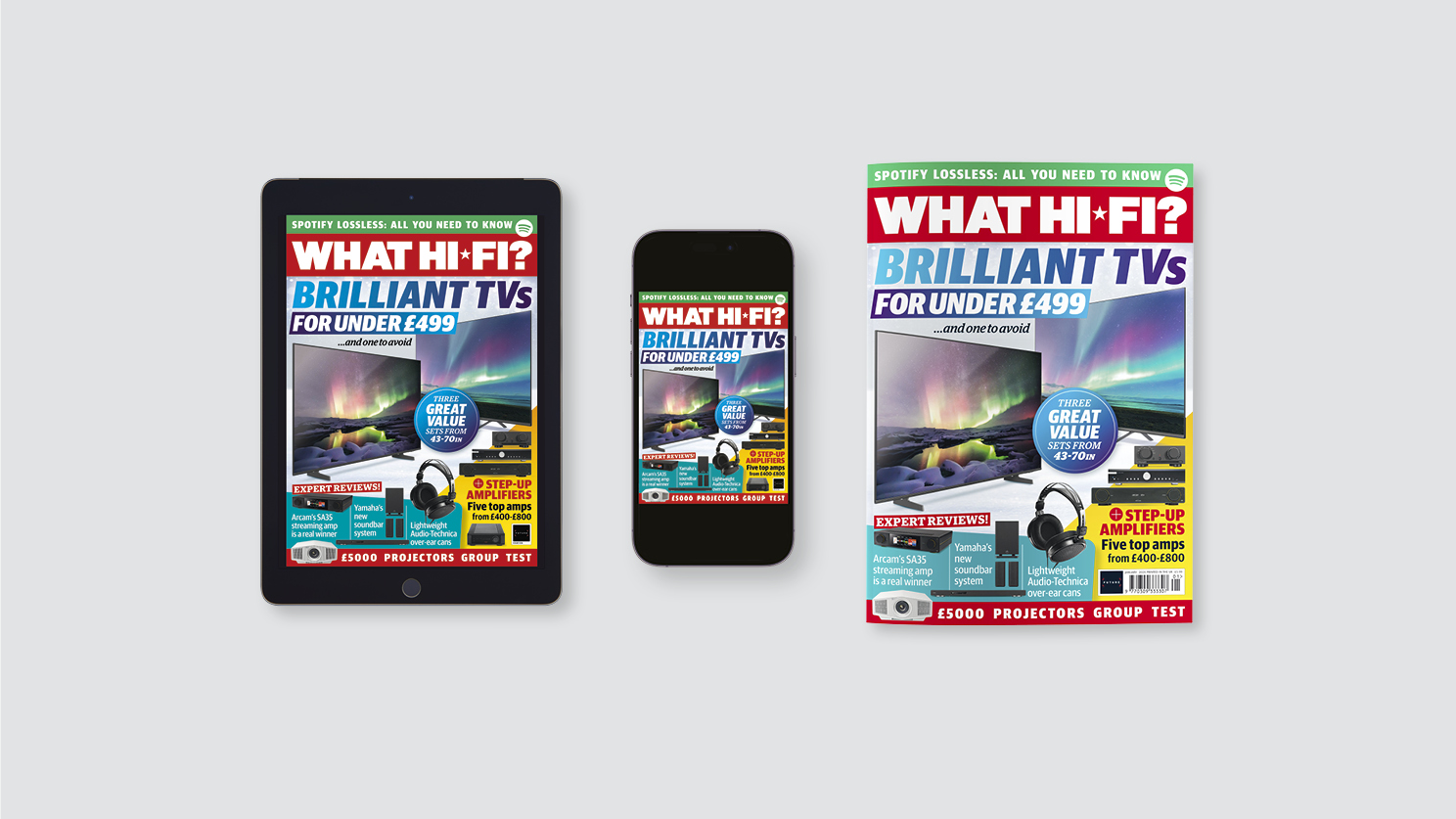I’ve been using Apple Music for 10 years, and this one hi-fi feature would make my listening complete
AirPlay needs a serious Connect upgrade

Apple Music has been my go-to streaming service for the last ten years. I started using it as soon as the streaming service launched on 30th June 2015 – our original review (five stars) went live the following month – and I've not stopped using it since.
It helped that I already had a sizeable iTunes library, and figuring out how my downloaded and ripped files would behave when moving over to a streaming-first service was useful during our original review.
In fact, Apple Music remains the only product for which I've read the T&Cs in full – as Apple was tight-lipped about certain specifications (such as the bitrate songs were streamed at), and trawling through the fine print for additional information was necessary to discover them (answer: 256kbps AAC, during launch).
Apple Music's interface, excellent catalogue and integration with iOS devices, not to mention its very intuitive algorithm for music recommendations and expertly curated playlists, have kept me in good company for the last decade.
It sounds good, too. While Tidal sounds punchier and more detailed, and Qobuz offers greater clarity, I still find that Apple Music sounds, well, musical when played through headphones, wireless speakers and hi-fi streamers. It's clear, dynamic, well-balanced and sounds particularly natural and emotive with voices.
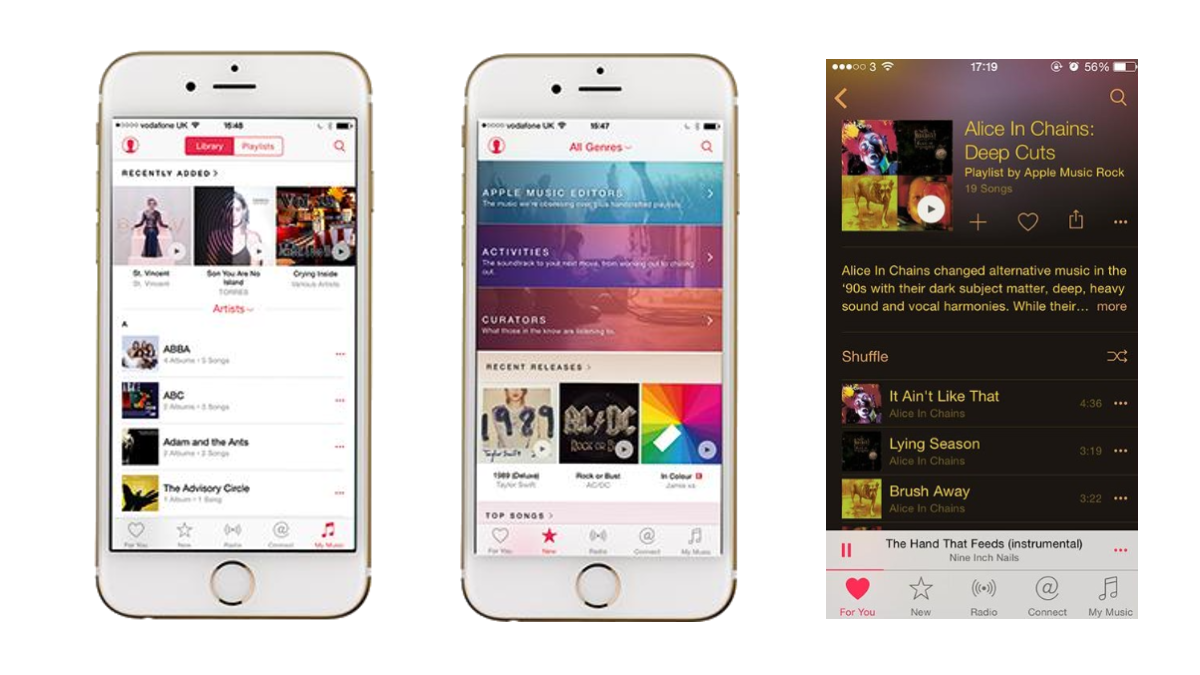
Since launch, Apple Music has grown swiftly to compete with streaming giant Spotify in catalogue (over 100 million) and it boasts 93 million paid subscribers, while – more importantly to us at What Hi-Fi? – it also made spatial audio mainstream and introduced 24-bit hi-res lossless tiers (from 48kHz to 192kHz sample rates) – at no extra cost.
In fact, while rival streaming services have increased their prices multiple times or have different pricing for different audio quality tiers, Apple Music has only implemented one significant price rise for its main individual tier. It started at £9.99 per month; it's now £10.99 per month.
The latest hi-fi, home cinema and tech news, reviews, buying advice and deals, direct to your inbox.
I always reach for Apple Music when I'm listening on headphones or through Bluetooth speakers, especially when at home. At work, however, I tend to use Tidal Connect and Qobuz Connect – not just because of their better sound quality (which makes testing products easier), but also because the Connect version of those streaming services makes streaming to hi-fi kit so much easier, and I get to listen in hi-res quality.
Hi-res streaming has evolved – AirPlay needs to catch up
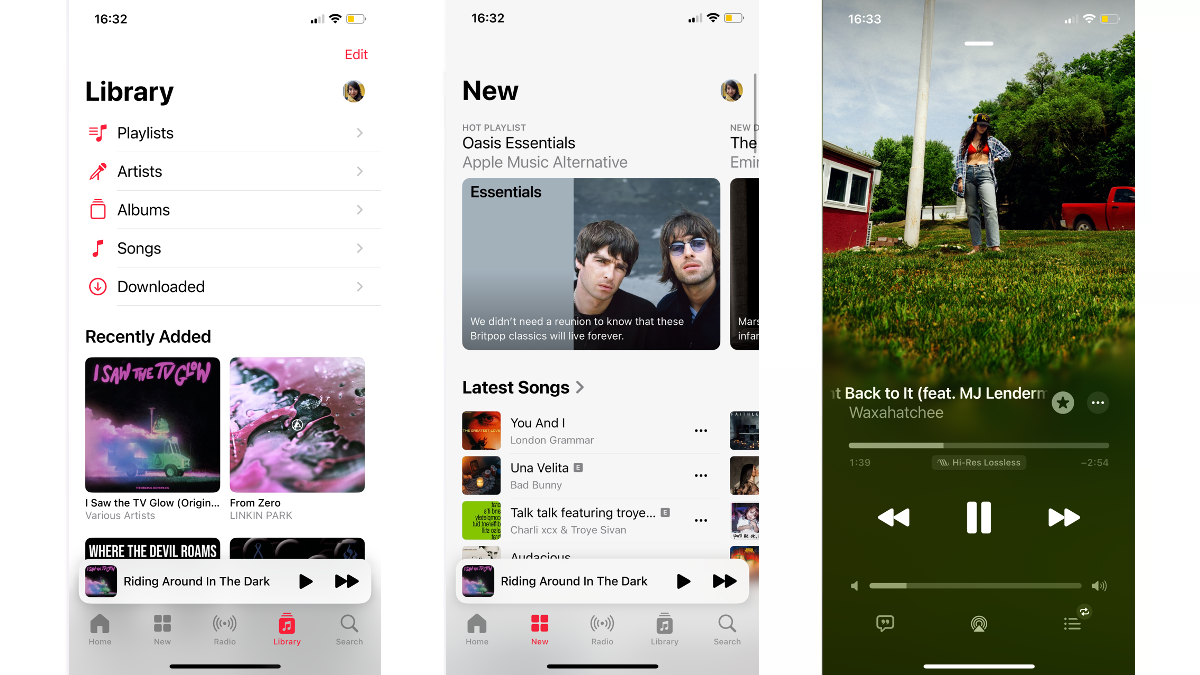
In fact, when Apple Music celebrated its 10th anniversary earlier this month, I was musing on what I'd like to see changed or improved about the platform. And I quickly realised that what I wanted wasn't anything to do with Apple Music itself, but with AirPlay. Indeed, this Apple wireless protocol is in serious need of an upgrade.
Streaming products are becoming more common these days, and the ability to stream in 24-bit hi-res quality is also becoming more widespread as music fans want better quality sound. It's not just wireless speakers that boast Bluetooth, AirPlay or internet radio; network music streamers from WiiM, Eversolo, Bluesound, Cambridge, all-in-one systems from Ruark, Naim and more do, too – and they now support Tidal Connect or Qobuz Connect, or both!
We use a Naim streamer in our hi-fi test rooms, while I use a WiiM Pro Plus in my home hi-fi system – being able to stream music from Qobuz/Tidal in hi-res quality over a network so easily, and without my phone's apps or notifications affecting the playback makes for a rewarding music listening experience.
AirPlay, in comparison, is lagging behind. AirPlay is already integrated into a huge number of third-party wireless speakers, streamers, music systems, AV receivers and more. Unlike many of Apple's iOS-only features that remain within its own ecosystem, AirPlay is widely available for all.
It's a shame, then, that it hasn't evolved into a Connect version that would allow Apple Music's subscribers to enjoy their library in a more streamlined and higher-quality way.
The most recent update, AirPlay 2, brought us multi-room playback, which was necessary for its HomePod speakers, but I hope upgrading AirPlay to a full Connect model is something Apple will consider in the near future.
A Connect version of AirPlay would elevate the Apple Music experience
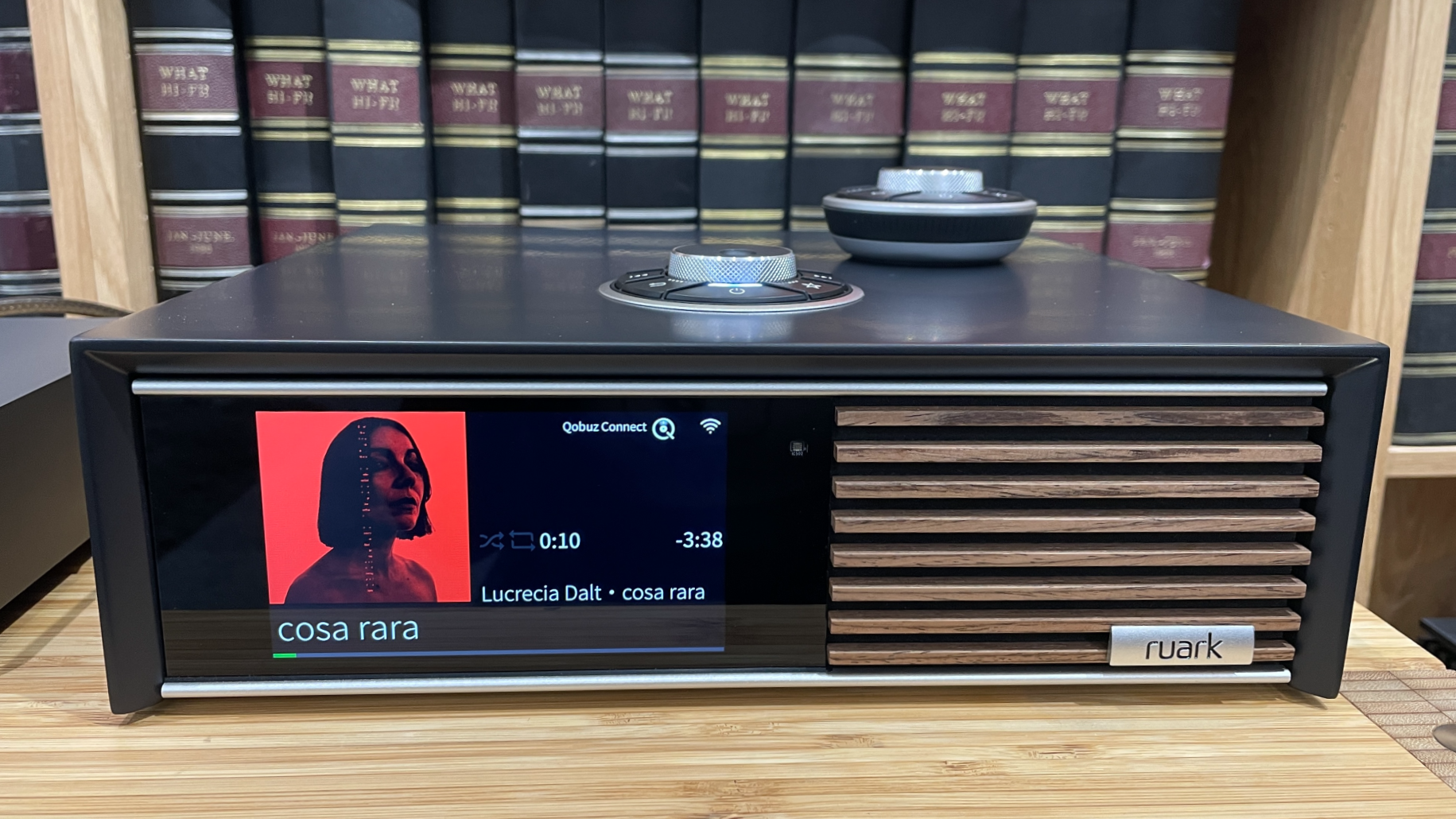
AirPlay 2 is a wireless protocol that allows you to stream music (and video) content from your Apple device over your home network to supported products, and claims to deliver 16-bit/44.1kHz quality streams. It's a big step up, both technically and sonically, over super lossy Bluetooth.
Unlike other streaming apps, Apple doesn't allow for Apple Music to have integrated support in third-party hi-fi kit – so you have to rely on AirPlay to stream Apple Music tunes (especially from an iOS device; Android users can use Chromecast) in better-than-Bluetooth quality to your chosen hi-fi streamer.
(The one exception here is Eversolo, which allows you to download the Apple Music Android app directly onto its streamers, which allows you to play in full hi-res.)
However, with AirPlay, the songs streamed come via your smartphone or tablet rather than from the streaming service's servers in the cloud – so if you close the app on your phone, have a call coming in, or play a video, it will interrupt and affect playback.
In comparison, the Connect version for both Tidal and Qobuz sends music straight from their servers to the connected hi-fi product, leaving your phone free to be used as you wish and solely as a remote, with no interruptions affecting the playback. It's such a smoother experience.
This is the main upgrade I'd love to see implemented in the next iteration of AirPlay. It would make so much more sense and streamline the protocol's use when streaming my Apple Music library to hi-fi products.
Will we ever see full hi-res support over AirPlay?
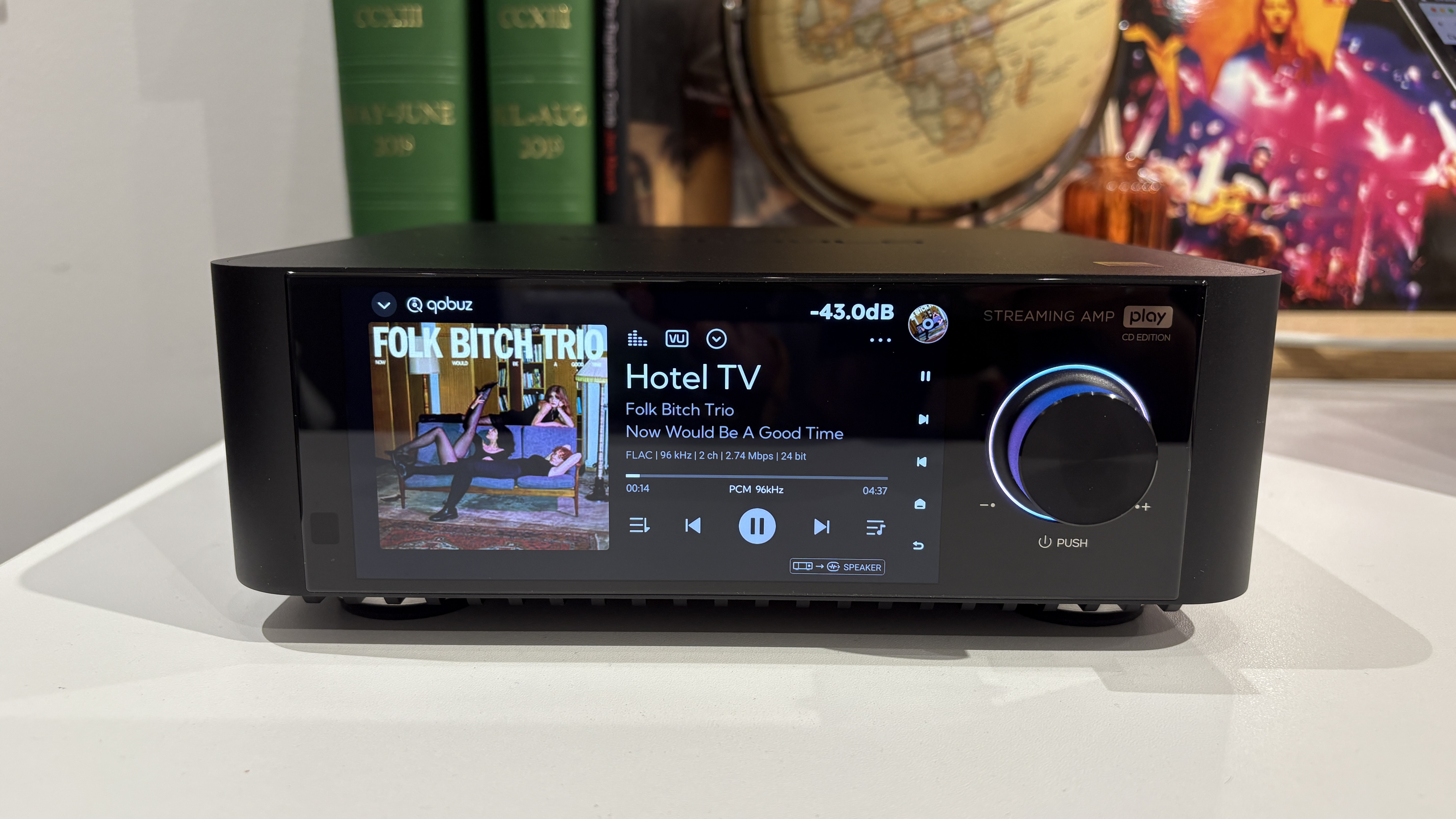
The second update I'd still like to see is one that we've mentioned before. Apple Music's catalogue has songs in lossless hi-res (24-bit) quality, but there is still no way to wirelessly stream that quality, either to its own AirPods or, via AirPlay, to hi-fi or wireless systems.
Apple Music's hi-res files are in the ALAC lossless format (an alternative to FLAC). However, when streaming using AirPlay 2, this gets downsampled to the lossy AAC format (a Bluetooth standard) – which means at no point are you ever getting to enjoy the hi-res or even full CD-spec lossless quality that the 100+ million songs are available in from your Apple Music library.
You can still access it if you go wired all the way, with a DAC in between your Apple Music source and endpoint – but that defeats the point of a wireless ecosystem, and seems retrograde when hi-res wireless is now available more widely.
And while I can live with AAC quality when listening to my AirPods Pro over Bluetooth, I feel shortchanged when I'm streaming to a network player or wireless system – be it WiiM, Naim, Ruark or any other AirPlay-supporting kit – and I can't hear my well-curated Apple Music library and playlists in hi-res quality like I can with Qobuz Connect and Tidal Connect.
The advent of Qobuz Connect earlier this year made the difference all the more stark, and proved just how much a Connect version of AirPlay would bring

I understand that Apple wants to prioritise seamless connection and integration across its own devices and when using its own technology, and AirPlay does offer that with success, even if it's at the expense of dropping audio quality.
The majority of Apple users likely don't care about codecs or bitrates and would rather their products simply worked smoothly 100 per cent of the time. And I agree here, too.
As part of the smaller percentage who does also care very much about getting the best sound quality from your kit, however, I simply wish for better.
We at What Hi-Fi? are big fans of Apple's tuning and balance with its current audio products (AirPods Pro 2 and Max, HomePods, iPhones) – imagine how much better it could be if Apple pushed the needle even further and started to think about delivering true hi-res (and hi-fi) audio quality?
For those of us who use Apple Music as their main streaming source and would love to hear its full quality through our excellent hi-fi kit and catch up with rivals, we can only hope that Apple decides to get a little more audiophile when thinking about AirPlay 3, and delivers a fully Connect-style version as a proper upgrade.
Let's hope it appears before another decade passes for Apple Music, though!
MORE:
Read our full Apple Music review
What is AirPlay 2? How it works, and what speakers and devices support it
Qobuz Connect: what is it? Which products support it?

Kashfia is the Hi-Fi and Audio Editor of What Hi-Fi? and first joined the brand 13 years ago. During her time in the consumer tech industry, she has reviewed hundreds of products (including speakers, amplifiers, turntables and headphones), been to countless trade shows across the world and fallen in love with hi-fi kit much bigger than her. In her spare time, Kash can be found tending to an ever-growing houseplant collection and shooing her cat Jolene away from spinning records.
You must confirm your public display name before commenting
Please logout and then login again, you will then be prompted to enter your display name.
